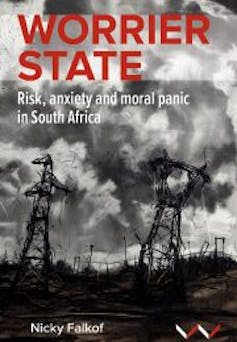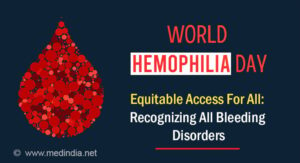how South Africans’ fears about crime created an city legend

[ad_1]
Across the center of 2013 a sequence of tales appeared within the South African press a few new phenomenon referred to as ‘plasma gangs’, introduced as the newest iteration of the nation’s crime disaster. Journalists, broadcasters, police and authorities spokespeople, social media customers and native residents shared tales on-line and in mainstream media of the horrifying exploits of those gangs, stated to be situated in Alexandra (Alex) township within the north of Johannesburg.
Alex, like different South African townships, is an underdeveloped and typically precarious space, blighted by the inequality and racial segregation that had been central to apartheid spatial engineering. Developed within the early twentieth century to deal with round 30,000 individuals, it’s now dwelling to an estimated 700,000. This density creates intense stress on infrastructure and sources, in addition to a strong group tradition that lends itself to the transmission of city legends.
Plasma gangs
Plasma gangs weren’t like “regular” robbers, who stole something of worth. That they had very particular modus operandi. They had been stated to interrupt into Alex properties with the categorical goal of stealing plasma televisions. In accordance with the tales, the gangs used varied applied sciences to attain this goal, comparable to hypermodern digital units that would inform from outdoors which properties contained the TVs. One other technique concerned methods of muti, indigenous magic, that despatched residents to sleep whereas their properties had been plundered.
They had been extraordinarily violent and sometimes prompted loss of life or hurt. However quite than promoting the fascinating client items they stole, as one may count on from prison syndicates, the gangs had been stated to dismantle them and break them open. Then they extracted a mysterious white powder that was used to make nyaope, a road drug in any other case referred to as wonga or whoonga. Relying on which story one heard, the gangs had been both nyaope addicts themselves or skilled sellers of the drug.
Nyaope
Nyaope is infamous in South African cities. This can be very damaging and the topic of a big physique of city mythology. Consultants usually agree that it’s comprised of a mixture of substances, normally a base of low-cost heroin with additions like asbestos, rat poison, milk powder, bicarbonate of soda and even swimming pool cleaner. As is frequent with drug-related panics, tales about nyaope pull a spread of different social anxieties into their axis.
There isn’t any mysterious powder in plasma televisions that may be used to get excessive. Plasma is a descriptor for a know-how quite than a substance. The powder contained in these units is magnesium oxide, a small quantity of which coats the show electrodes in a skinny layer. Magnesium oxide is definitely bought at well being meals shops. It has by no means been proven to have any psychotropic results.
Learn extra:
Nervousness in Johannesburg: new views on a worldwide south metropolis
Issues about drug customers and sellers performed powerfully into the plasma gangs narrative. The nyaope connection is a part of what set this story except for “regular, on a regular basis” crime and helped it morph into an city legend that continues to be disseminated as one of many dangers of residing in South Africa.
Social anxiousness
The plasma gangs story reveals the best way through which township residents’ narratives about their very own precarity are each hypermodern and associated to globalised and transnational anxieties about standing, consumption, belonging and identification. It combines the native and the worldwide, the historic and the modern, to disclose the social utility of city legends.
The truth that plasma gangs will not be empirically ‘actual’ is nearly inappropriate. The story condenses fears about safety and crime, drug sellers and drug customers, police failures and corruption, harmful foreigners, unruly youth, the intersection between crime, witchcraft and know-how and the insecurity and visibility of township life. It illustrates the best way through which sure South Africans develop and transmit tales and rumours that helped them to make sense of the world they reside in.
In contemplating the plasma gangs we are able to see how fantasy, uncertainty, hearsay and strangeness inform South African cultures of worry: crime isn’t just horrifying in and of itself but additionally as a result of it connotes the presence of hidden forces that undermine the predictability of on a regular basis life. This type of “crime discuss” is endemic in South Africa however oddly quiet in educational literature, which frequently associates worry of crime with whiteness and wealth.
Making sense of worry
The plasma gang scare is a compelling instance of the facility of narrative to condense and codify collective anxieties. A sequence of present fears, spurred by the experiences of individuals residing in a spot that’s each insecure and community-minded, each excessive danger and aspirational, layered on prime of one another to provide a narrative that had a peculiar quantity of social energy.

Wits College Press
A story of gangster criminality, private hazard, magic, violence and worry provided a method to foreground the contradictions that include residing within the South African township, a spot that each defines residents as aspirational international residents and imposes circumstances of insecurity upon them.
That is an edited extract from the writer’s e-book Worrier State: Danger, anxiousness and ethical panic in South Africa obtainable from Wits College Press
[ad_2]
Source_link




